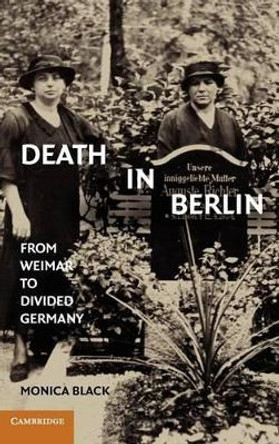More than a decade after unification, Germany remains deeply divided. Following East and West German police officers on their patrols through the newly-united city of Berlin and observing how they make sense of one another in a fast-changing environment, Andreas Glaeser explains how East-West boundaries have been maintained by the interactions of institutions, practices, and cultural forms-including diverging patterns of understanding rooted in vastly different social systems, readily revived Cold War images, the continuing search for an adequate response to Germany's Nazi past, and the politics and organization of unification, which impose highly asymmetrical burdens on east and west. Glaeser also leverages his ethnography to develop an innovative approach to studying identity formation processes. Central to his theory is an emphasis on the exchange of identifications and the particular ways in which they are deployed and recognized in interpretations, narratives, and performances as parts of face-to-face encounters, political discourses, and organizational practices.
About the AuthorAndreas Glaeser is associate professor of sociology at the University of Chicago.
Reviews"A curious puzzle lies at the heart of Glaeser's skillful ethnography.... The dominant reason given for unifying Germany was a shared nationality. Yet as Glaeser convincingly illustrates, the process of unification has foundered on the very shoals of cultural difference.... This book is fascinating, theoretically rich, and empirically rewarding." - Martha Lampland, American Journal of Sociology
Book InformationISBN 9780226297842
Author Andreas GlaeserFormat Paperback
Page Count 400
Imprint University of Chicago PressPublisher The University of Chicago Press
Weight(grams) 595g
Dimensions(mm) 23mm * 16mm * 2mm





